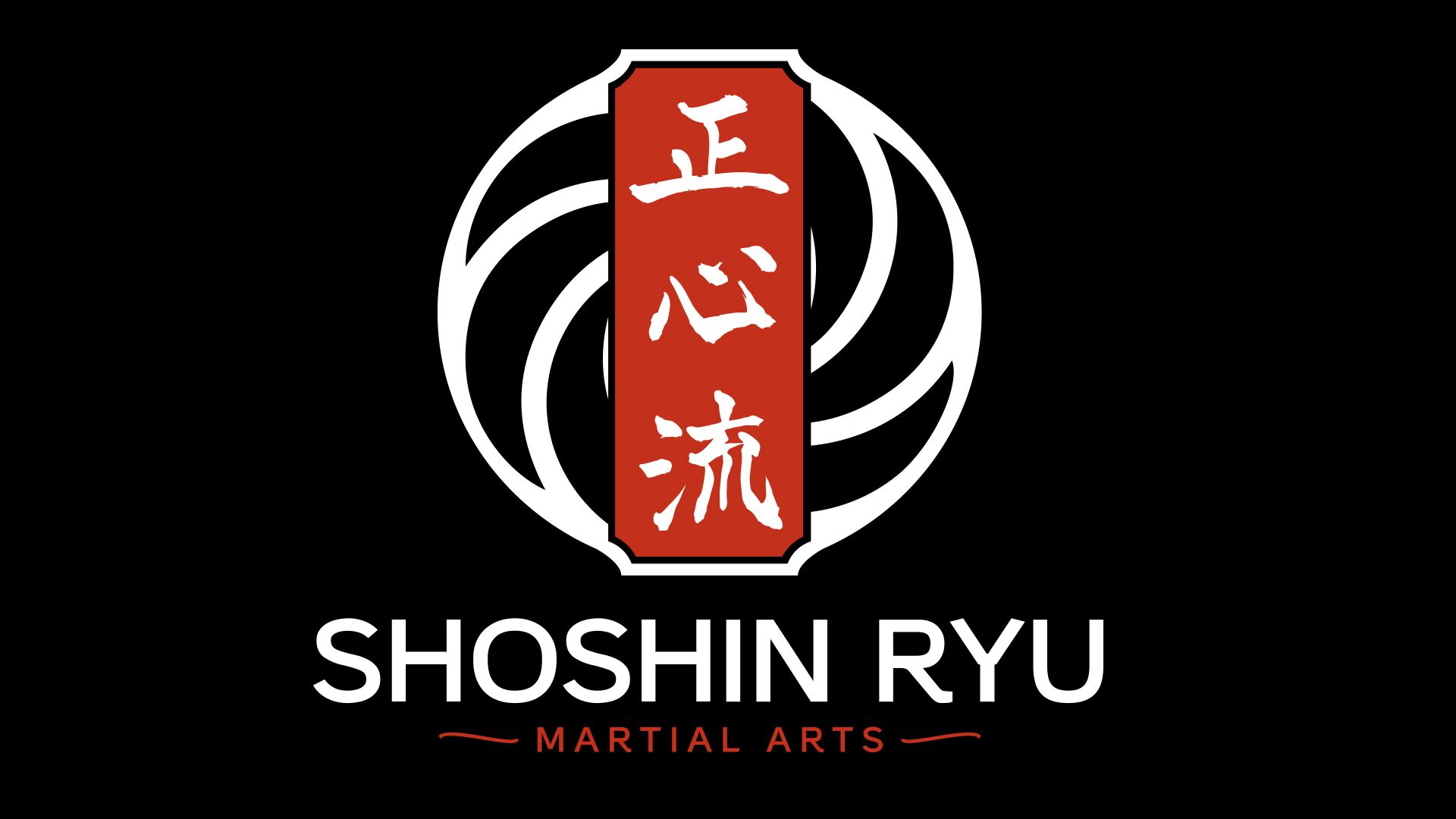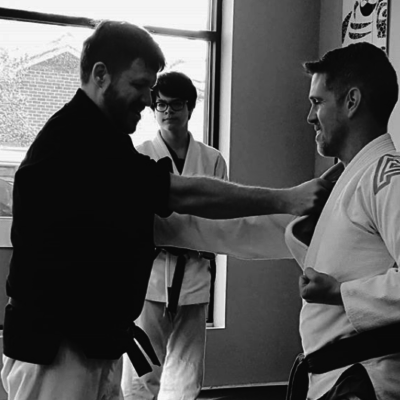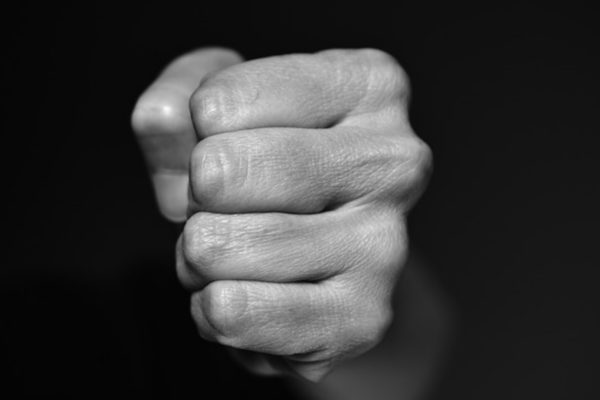Shoshin Ryu is a Japanese based system of Jujutsu in Wilmington NC. It is both bujutsu (a school emphasizing effective martial arts techniques ) and budo (a school emphasizing personal character development).
The Wilmington NC dojo was founded in 2006 by Sensei Aaron Lawrence and is part of a broader system of 12 Shoshin Ryu schools across the USA. Our dojo offers classes for adults and children in a supportive, non-competitive environment.
While most martial arts list themselves as either budo, bujutsu or modern budo (modern sports school), Shoshin has found that certain skills gained from bujutsu and budo complement and enhance the skills of each other.
In some Budo systems, skills gained no longer have any martial reality. Keeping the bujutsu aspect in place and alive allows the individual appropriate feedback with a technique. You either blocked the punch or you got hit. Keeping the budo aspect alive aids in keeping the practitioner from being simply a fighter. It moves the student toward one who is skilled in Jujutsu with one who seeks harmony in life.
Shoshin Ryu, therefore, is a classical art incorporating traditional methods of martial training while bridging that emphasis with current applications, science and strategies for dealing with real world self defense today. Shoshin Ryu places a strong emphasis on instilling and improving personal excellence within each practitioner.


